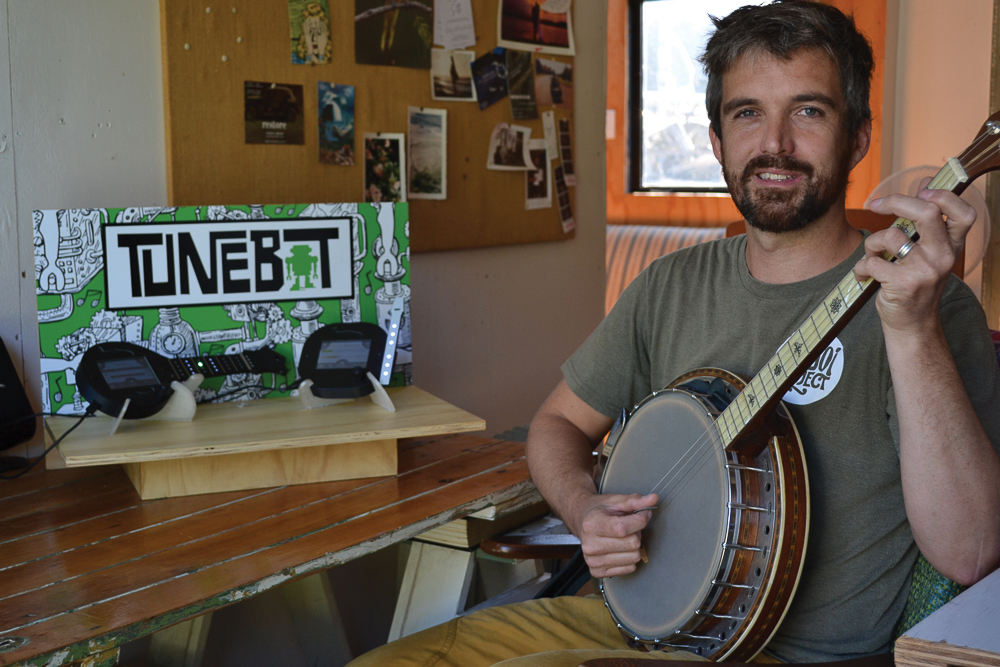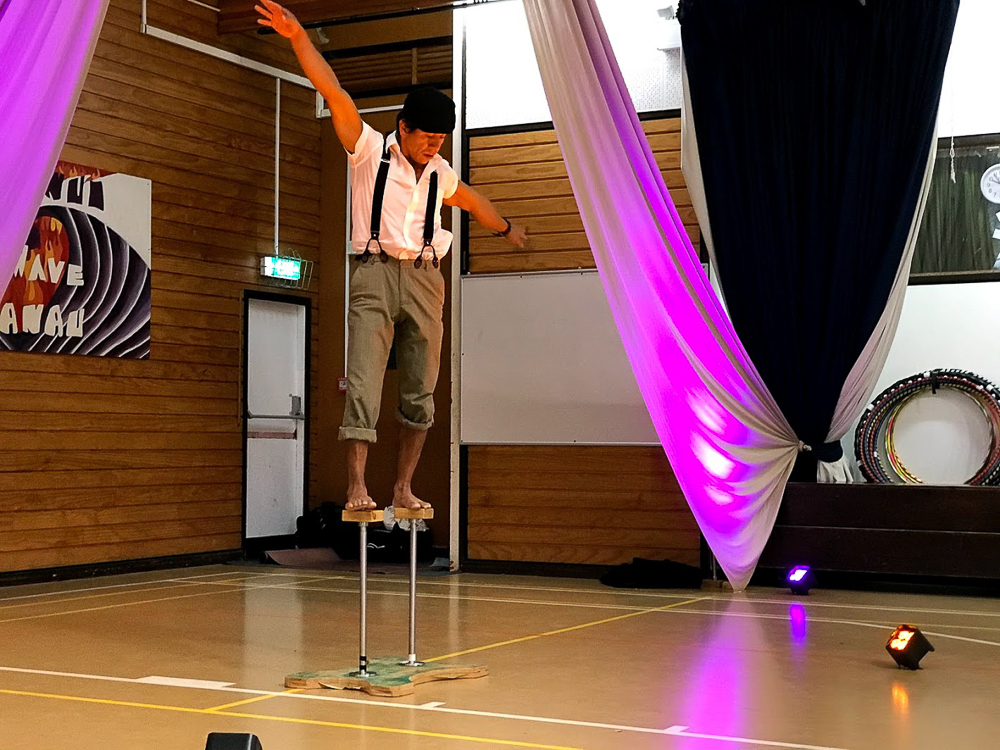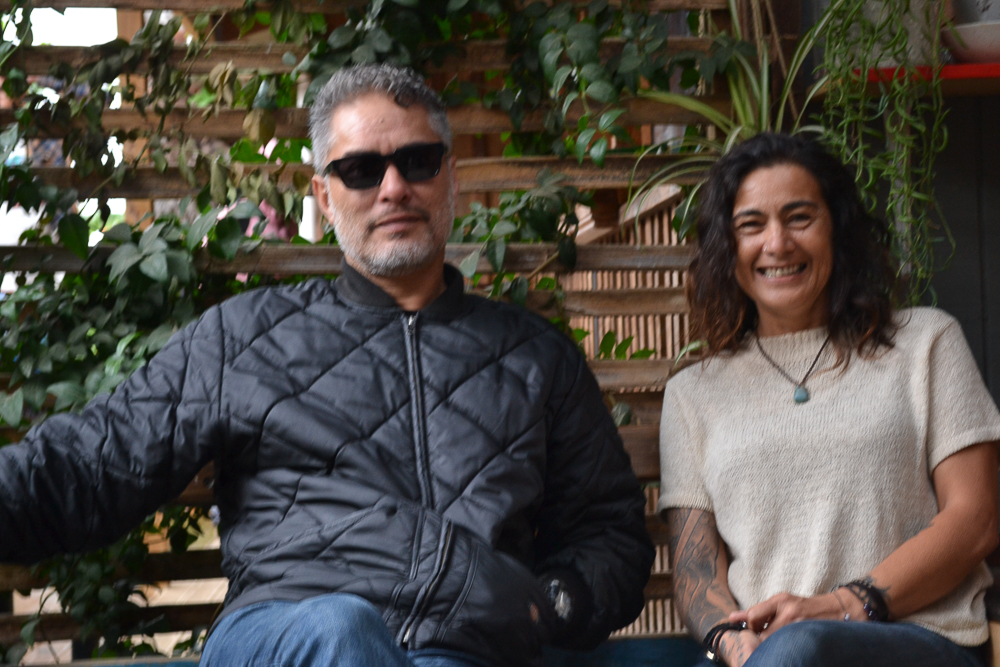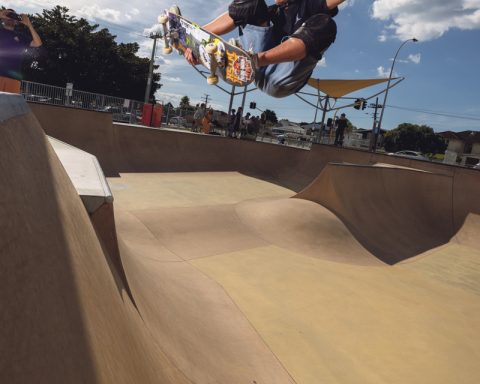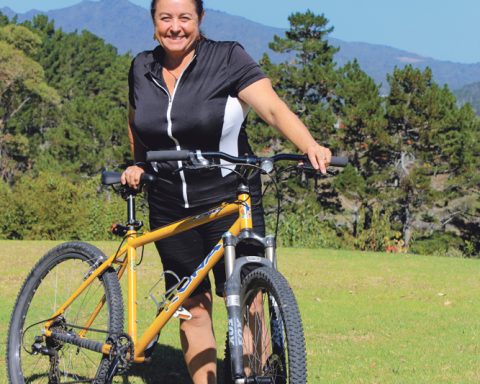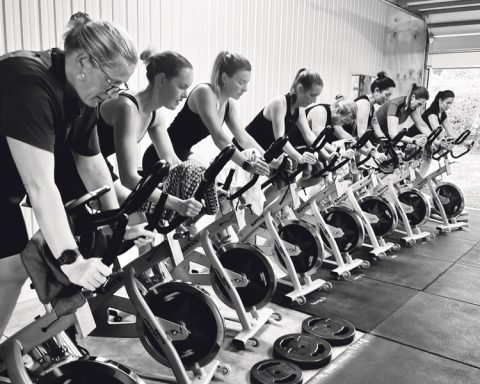It may sound a bit Irish but a local muso turned inventor has come up with a device that teaches people with not a scrap of musical knowledge how to play all manner of ballads and pub songs from the Emerald Isle.
In fact Chris Watson’s ‘Tunebot’ holds more than 10,000 traditional Irish tunes, along with rows of LEDs that enable anyone who can’t read music to quickly get to grips with any of four of the most common instruments in Irish music nowadays – the mandolin, banjo, whistle or flute.
It’s all rather like colour by numbers, admits Chris. The LEDs light up in a programmed sequence to show which strings and frets, or keys and holes, to play.
And since it’s widely accepted that playing by ear with no written music is the best way to learn traditional Irish music, Chris adds, this is a skill that can be readily practised with Tunebot.
“It helps you listen more carefully, memorise rather than regurgitate, quickly identify wrong notes and learn new tunes,” he explains of the product he developed over many painstaking hours last year.
This one-time project manager – who abandoned the corporate world in favour of being a stay-at-home dad and building Tunebots – reveals he had a brainwave after a friend he was teaching to play mandolin struggled on a particular chord.
As soon as she watched and heard Chris play that chord she could easily do it herself, he observed.
He then figured that if a wannabe instrumentalist could simultaneously see and hear the music in front of them, they could play whatever they liked.
Chris had a long-outdated computer science degree to draw on but says he learnt everything he really needed to know by googling and from YouTube.
Bit by bit he taught himself the intricacies of electronics to enable him to design his own circuit board then added an amplifier, a touchscreen and so on. “And I learned how to (computer) code.”
It’s been quite a journey, he says, from the prototyping and testing stage and on to the marketing of his unusual invention. The product was finally launched – and a few sold – two months ago at the Auckland Folk Festival, with some Tunebots also selling locally since then.
Chris is grateful to people in the community who have helped in some way to get Tunebot off the ground – from Mark Duyvesteyn who set him up with 3D printing, microcontrollers and electronics to Sam Nobs who assisted with coding and Leighton Davies who “sorted me out with graphics”.
Nick Leigh helped with product design, he adds, while Chris Meek provided the office space.
Then there are the Irish music fans like Jessie Rushton, Bernadette Gavin, David Loughlin, Dougal Greer and Jennifer Snowden who were among the 70-odd that answered Chris’s call on Raglan Notice Board back in October for “test pilots” to trial the Tunebot.
All have been “patient testers”, he reckons, getting him to an end product he hopes many people like the sound of.
Edith Symes
